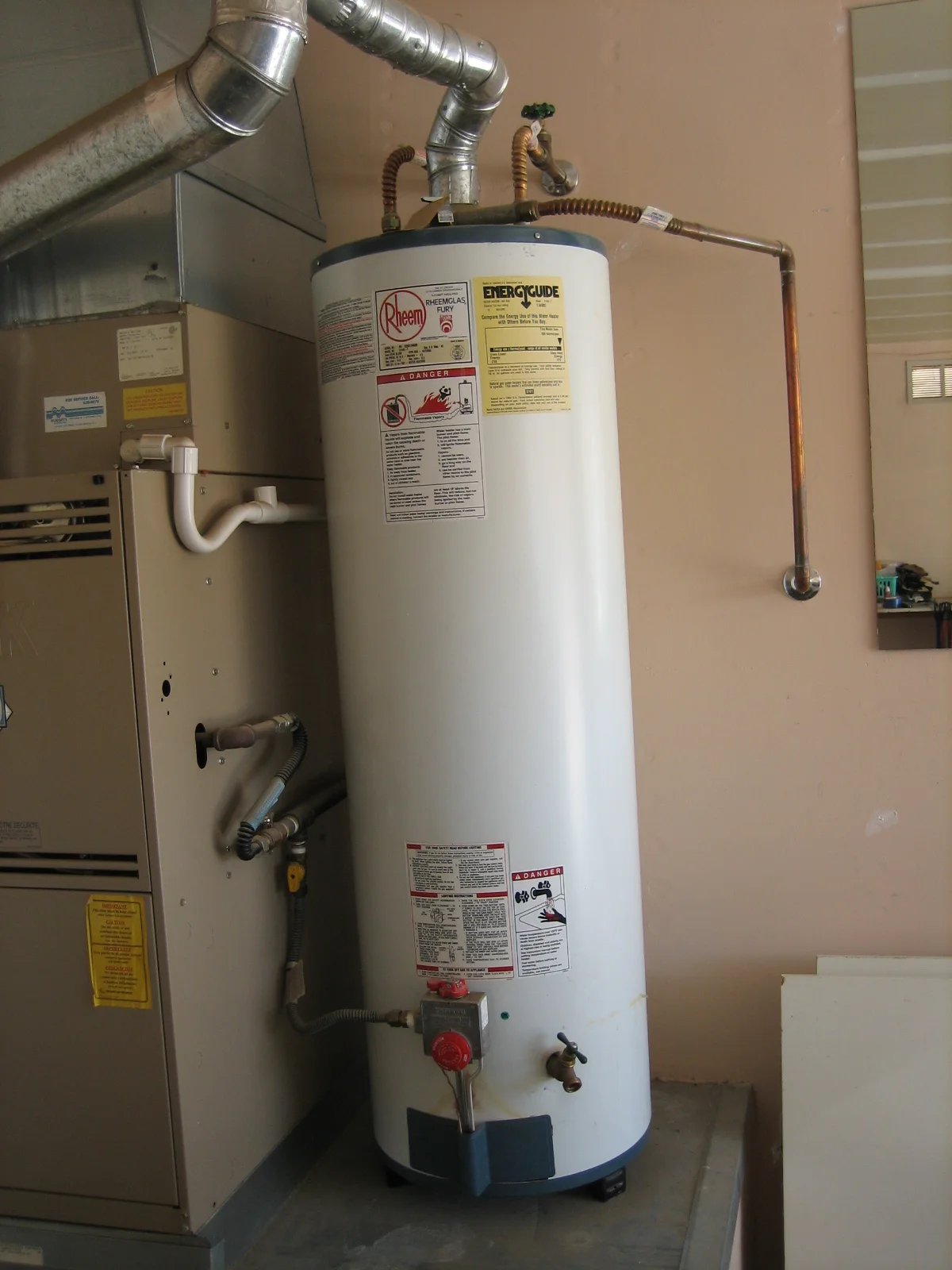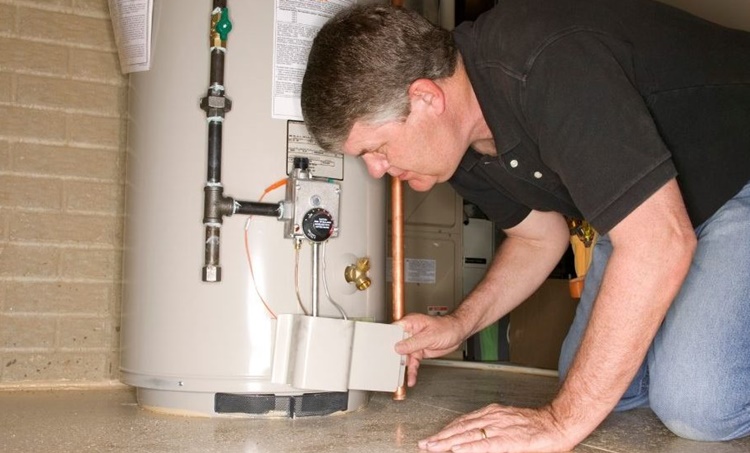The article on the next paragraphs involving Water Heater Maintenance Tips You Can't Afford to Forget is highly intriguing. Don't miss out on it.

Hot water is crucial for everyday convenience, whether it's for a rejuvenating shower or cleaning meals. To guarantee your hot water system runs effectively and lasts longer, regular upkeep is vital. This write-up supplies useful suggestions and insights on just how to keep your home's hot water system to avoid disruptions and pricey repair work.
Intro
Keeping your home's warm water system may appear overwhelming, yet with a few simple actions, you can ensure it runs smoothly for several years ahead. This guide covers everything from recognizing your hot water system to do it yourself upkeep suggestions and understanding when to hire specialist aid.
Significance of Maintaining Your Warm Water System
Normal maintenance not only expands the lifespan of your hot water system yet also ensures it operates successfully. Disregarding maintenance can cause lowered performance, higher energy costs, and even premature failing of the system.
Indications Your Warm Water System Requirements Maintenance
Recognizing when your warm water system needs focus can avoid significant concerns. Watch out for signs such as irregular water temperature level, unusual sounds from the heating unit, or rusty water.
Recognizing Your Warm Water System
Prior to diving right into maintenance jobs, it's valuable to understand the fundamental components of your warm water system. Generally, this includes the hot water heater itself, pipes, anode rods, and temperature level controls.
Monthly Upkeep Tasks
Regular month-to-month checks can help capture small issues prior to they escalate.
Purging the Water Heater
Purging your water heater eliminates sediment build-up, improving performance and prolonging its life.
Monitoring and Changing Anode Rods
Anode rods protect against corrosion inside the container. Inspecting and replacing them when worn is essential.
Checking and Adjusting Temperature Setups
Adjusting the temperature settings makes certain optimal performance and safety and security.
DIY Tips for Maintenance
You can execute several maintenance jobs yourself to maintain your hot water system in top problem.
Looking for Leaks
On a regular basis inspect pipes and connections for leaks, as these can bring about water damage and higher expenses.
Examining Pressure Relief Valves
Testing the pressure safety valve guarantees it functions correctly and stops too much pressure build-up.
Insulating Pipes
Protecting warm water pipes minimizes heat loss and can save power.
When to Call a Specialist
While do it yourself maintenance is beneficial, some issues require expert experience.
Facility Concerns Needing Specialist Aid
Instances include significant leakages, electric issues, or if your water heater is regularly underperforming.
Regular Expert Maintenance Advantages
Specialist upkeep can consist of thorough assessments, tune-ups, and ensuring compliance with security standards.
Final thought
Regular maintenance of your home's warm water system is crucial for effectiveness, long life, and cost financial savings. By complying with these tips and knowing when to seek expert aid, you can guarantee a trusted supply of hot water without unanticipated disruptions.
Water Heater Maintenance Tips
Test the TPR Valve
Shut off the power and the cold-water supply valve. Place a bucket under the pipe connected to the temperature-pressure-release (TPR) valve on the top or side of the tank. (This valve opens if the tank pressure gets too high.) Lift the valve’s tab to let some water out, then let go. If water keeps flowing, drain the tank partway, unscrew the old valve with a pipe wrench, and install a new one. Check the Anode Rod
Put a hose to the tank’s drain cock and let out a few gallons of water. Now fit a 1 1/16-inch socket onto the rod’s hex head on top of the heater (or under its top plate) and unscrew the rod. If it’s less than ½ inch thick or coated with calcium, buy a new one, wrap its threads with Teflon tape, put it back in the tank, and tighten securely. Use this segmented rod if headroom above the tank is limited. Drain the Tank and Wash Out Sediment
Drain the remaining water in the tank into the bucket, then stir up the sediment on the tank’s bottom by briefly opening the cold-water supply valve. Drain and repeat until clean water comes out of the hose. Close the drain cock, refill the tank, and turn its power back on. Adjust the Temperature
Find the temperature dial on the side of the tank and unscrew its cover. Adjust the dial to 120 degrees using a flathead screwdriver. For every 10 degrees the temperature is lowered, you can expect to save up to 5 percent in energy costs. Turn the water heater off or the thermostat down to its lowest setting if you plan to be away from home for more than three days. Insulate the Pipes
Buy some self-sticking 3/8-inch-thick foam pipe insulation that matches the pipes’ diameter. Slide the foam over the hot-and cold-water pipes as far as you can reach. Insulating the cold-water pipe prevents condensation in summer. Peel the tape and squeeze the insulation closed. If the pipe is 6 inches or less from the flue, cover it with 1-inch-thick unfaced fiberglass pipe wrap. https://www.thisoldhouse.com/plumbing/21016402/how-to-maintain-a-water-heater

I was shown that report about What Kind of Maintenance Do Water Heaters Need? through a pal on another web address. In case you enjoyed reading our article if you please be sure to share it. I take joy in reading our article about How to Maintain Your Water Heater & Prolong its Life.
Call Today